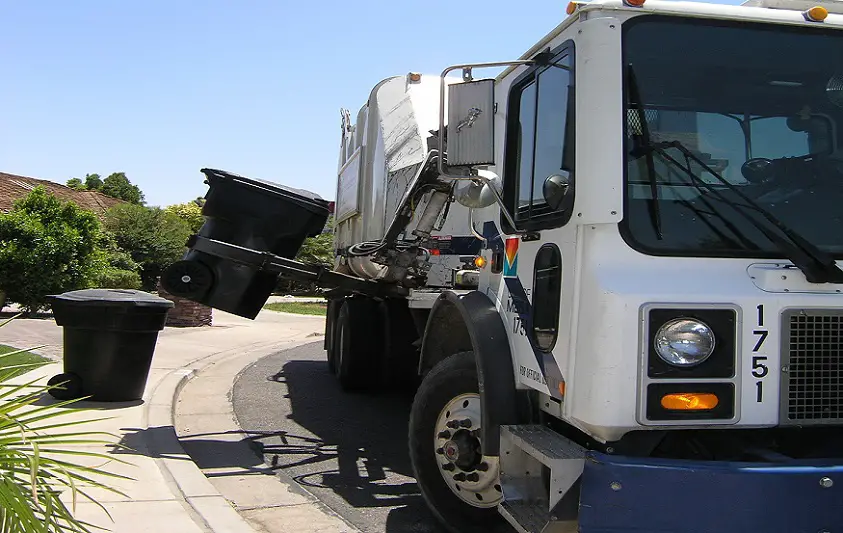
Hydrogen fuel cell garbage trucks hubs to use waste for power
May 4, 2021The venture between Hyzon Motors and Raven SR will construct 100 “hydrogen hubs” for this purpose.
Hyzon Motors, the fuel cell commercial vehicle company, and Raven SR, a renewable fuels firm, have entered into a fuel cell garbage trucks and H2 production joint venture.
The idea is to power the vehicles with H2 made using the trash that they haul in the first place.
To accomplish this goal, the venture between the two companies intends to construct 100 hydrogen hubs for the H2 production. That renewable power will be used for the fuel cell garbage trucks. The hubs are to be constructed at landfills. The H2 they generate will also power other commercial vehicles beyond the garbage trucks.
The first two hubs will be located in California. The first hub is slated to become operational next year in the San Francisco Bay Area. From there, the remaining 98 hubs will be located across the United States as well as in other countries.
The fuel cell garbage trucks will be powered by H2 made using Raven SR’s zero-combustion process.
Raven SR’s hydrogen production method will be used due to its cost-competitive nature with other processes that use hydrocarbons. Moreover, the method being used is reported to have a lower environmental impact than hydrocarbon-using methods, says Hyzon. Each hub will produce enough H2 for powering 30 heavy-duty trucks per single truck’s worth of hauled waste, added the company.
The first hubs are expected to be able to process as much as a daily 50 tons of solid waste. This will generate as much as 4.5 tons of hydrogen fuel. That amount is adequate for powering 100 heavy-duty trucks, said Hyzon. That said, after the initial hubs are operational, they intend to roll out the rest of the hubs at five times the initial capacity.
If this model proves successful, it has the potential to solve a number of the current barriers to  hydrogen production. Moreover, it will also help to accelerate industry trends or commercializing fuel cell applications not only in fuel cell garbage trucks, but in a far broader spectrum of uses.
hydrogen production. Moreover, it will also help to accelerate industry trends or commercializing fuel cell applications not only in fuel cell garbage trucks, but in a far broader spectrum of uses.



 With over 15 years of reporting hydrogen news, we are your premier source for the latest updates and insights in hydrogen and renewable energy.
With over 15 years of reporting hydrogen news, we are your premier source for the latest updates and insights in hydrogen and renewable energy.
In 1992 months after I became editor of MSW Management Magazine—a post I held until 2018–I wrote an article on the H-Power system employing organic garbage in its reformer process. I suggested then this might have relevance for future waste operations. While I don’t know the specifics of this process, I suspect there’s some connection. Thirty Years? I hope this proves successful.
It will! I’ve been in the industry since 2005.
I watched a BBC tv documentary about the history of waste disposal in the UK showing 1930s electric garbage trucks used by Birmingham City Council, even in the 1950s most of the rubbish was still being recycled and the trash that couldn’t be recycled was burnt to generate electricity which was used to recharge the batteries of the trucks, one of the 1930s dark green ev bin lorries is in the Birmingham Transport Museum.